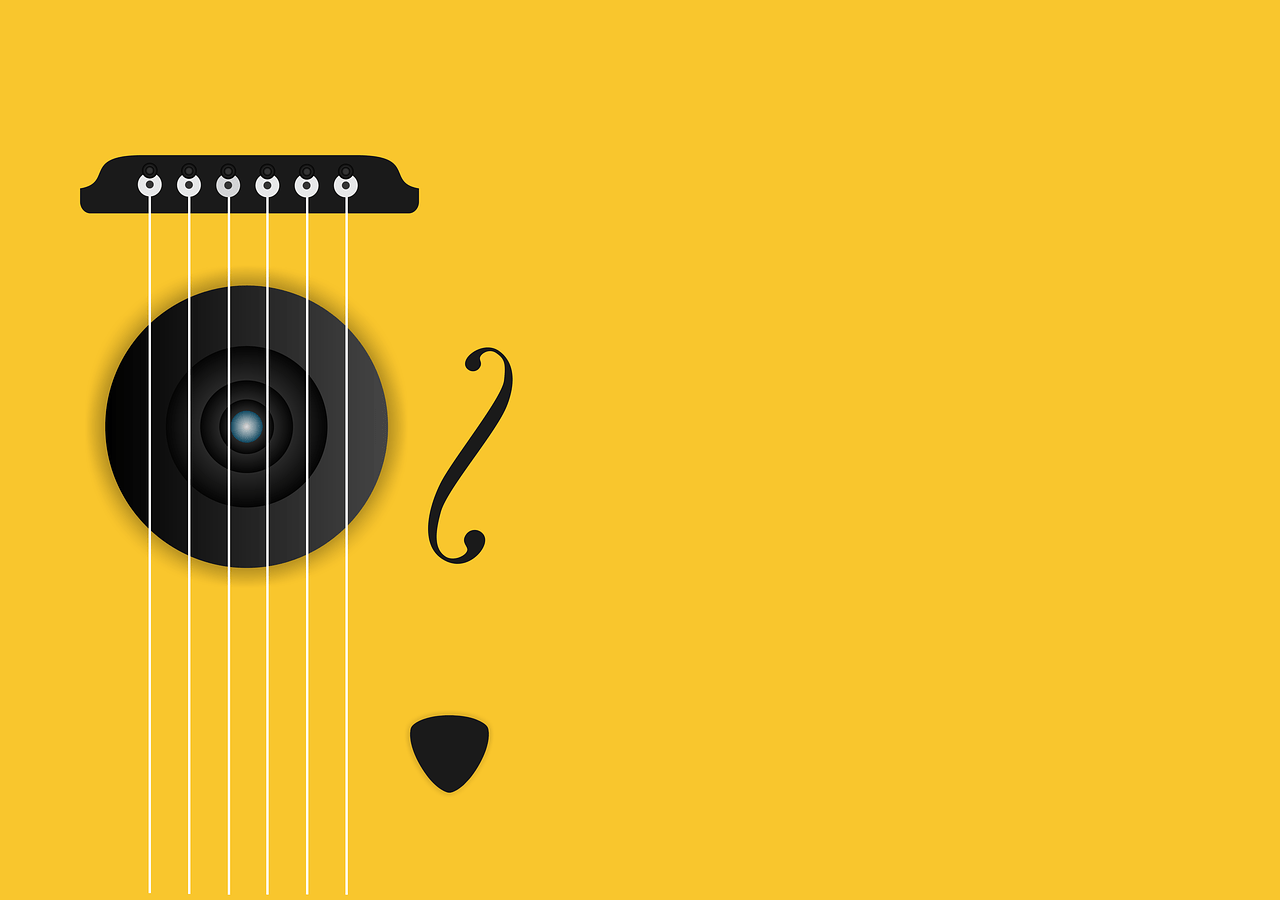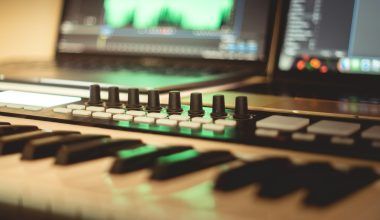If you’ve ever looked at a piece of sheet music or taken a music lesson, you’ve probably seen the symbol #. But what does # mean in music? It’s a question many beginners ask, and the good news is that it’s not as complicated as it might seem at first. Let’s explore what the # symbol, called a sharp, means and how it’s used in music.
Understanding the Basics: What Is a Sharp (#)?
In music, the # symbol is called a “sharp.” When you see a sharp next to a note, it means that the note is raised by a half step. A half step is the smallest interval between two notes in Western music. Think of a piano keyboard: moving from one key to the next closest key, whether it’s black or white, is a half step.
For example, if you see a sharp next to the note C (written as C#), it means you play the note one half step higher than C. On a piano, that’s the black key immediately to the right of C.
Sharps vs. Flats: What’s the Difference?
You might have also come across a flat (♭) symbol in music. While a sharp (#) raises a note by a half step, a flat lowers it by a half step. Interestingly, some notes can be called by two different names depending on whether you use sharps or flats. For example, C# and D♭ are the same note on a piano. This concept is known as enharmonic equivalents, and it’s something you’ll encounter more as you dive deeper into music theory.
Why Are Sharps Important in Music?
Sharps play a crucial role in music because they add variety and complexity to melodies and harmonies. Without sharps, music would be limited to just the natural notes (A, B, C, D, E, F, G). Adding sharps allows composers to create richer, more expressive pieces.
For instance, sharps are often used to modulate to different keys, which can change the mood of a piece. A song in C major might switch to G major, which includes an F#. This small change can make a big difference in how the music feels.
Where Do You Find Sharps in Music?
Sharps can appear in several places in music. You might see them:
- In Key Signatures: The key signature at the beginning of a piece of music tells you which sharps (or flats) to play throughout the piece. For example, if you’re in the key of G major, every F note is automatically played as F#.
- As Accidentals: Sometimes, a sharp is added to a specific note within a piece, even if it’s not in the key signature. This is called an accidental, and it applies only for the measure where it appears.
- In Scales and Chords: Many scales and chords naturally include sharps. For example, the A major scale includes C#, F#, and G#.
How to Read and Play Sharps on Your Instrument
Learning how to read sharps is a fundamental skill for any musician. If you’re a pianist, playing a sharp usually means pressing the black key to the right of the white key. On a guitar, it often means moving your finger one fret up the neck.
For instruments like violin or flute, playing a sharp note requires subtle adjustments in finger placement or embouchure (how you shape your mouth). Practice is key here—your ear will eventually get used to the sound of sharp notes, making them easier to play.
Common Misunderstandings About Sharps
Many beginners think that sharps always mean a black key on the piano. However, this isn’t true. Sometimes, a sharp can refer to a white key. For example, E# is the same as F, and B# is the same as C. These exceptions are based on how music theory works, particularly in certain scales or keys.
Another common confusion is thinking that sharps and flats are interchangeable. While they often refer to the same pitch, the choice between a sharp or flat depends on the musical context, such as the key or the melody.
The Emotional Impact of Sharps in Music
Sharps aren’t just technical details—they have a real emotional effect on music. Sharp keys (like G major or E major) are often described as bright, lively, or uplifting. This is why many upbeat pop songs or classical pieces in major keys feature sharps.
On the other hand, sharp notes in a minor key can add tension or sadness, creating a more dramatic or emotional sound. Composers use sharps to guide the listener’s emotions and tell a story through music.
Tips for Practicing Sharps
If you’re just starting out, sharps might feel a bit intimidating. Here are some tips to make practicing them easier:
- Start with Scales: Practice scales that include sharps, like G major or D major. This will help you get comfortable with where sharp notes appear.
- Use a Keyboard Diagram: If you play piano or a similar instrument, a diagram of the keyboard can help you visualize where sharps are located.
- Listen Closely: Train your ear to recognize the sound of sharp notes. This will make it easier to play them accurately.
- Take It Slow: Don’t rush! Focus on accuracy before speed when learning new pieces with sharps.
Wrapping Up: Why # Matters in Music
So, what does # mean in music? It’s a small symbol with a big impact! Sharps allow musicians to explore new sounds, add emotional depth, and create more complex compositions. Whether you’re reading sheet music, playing an instrument, or just curious about music theory, understanding sharps is an essential step in your musical journey.
Remember, every great musician was once a beginner. Take your time, practice regularly, and soon enough, you’ll feel confident navigating sharps and all the other exciting aspects of music!
For further reading, explore these related articles:
- Easy Voice Exercises to Make Your Voice Strong and Healthy
- A Band of Musicians: The Heartbeat of Music
For additional resources on music marketing and distribution, visit DMT Records Pvt. Ltd..






